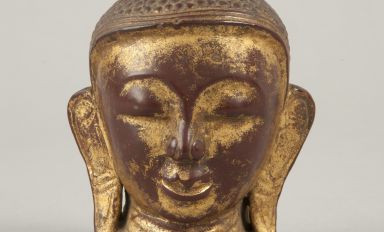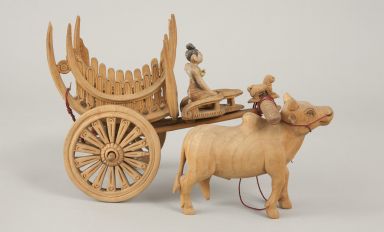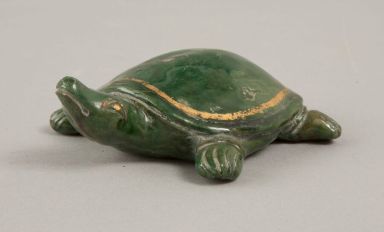Bringing Burma to Bristol in the age of Empire
Burma—or Myanmar, as it is known today—is often thought of in Britain as a remote and isolated country. This exhibition shows that this was not always the case. During the age of empire, Burma was a British colony, colonised through three wars during the nineteenth century that ended with the whole country being taken over in 1885. It was a colony that had a prominent place in imperial culture. It was famous for its teak forests, working elephants, saffron-clad monks and golden pagodas. As a result, when British people visited, whether for work or for pleasure, they invariably returned home with numerous artefacts packed into their trunks.
These objects ranged from souvenirs produced especially for tourists, to religious artefacts taken from places of worship, to taxidermied animals that had been shot for sport and scientific study. Over the past century, Bristol Museum’s collections have benefited from bequests made by some of these imperial collectors who travelled in the colony. Scores of bird-skins, several Buddha statues, and some ostentatious silver tableware are among the numerous items that are today held in its stores. In this exhibition we have brought together a selection of these objects to remind us of the intertwining of British and Burmese history. The exhibition highlights three themes that connect the objects in this diverse collection: belief, craft, and nature.
Belief
Craft


